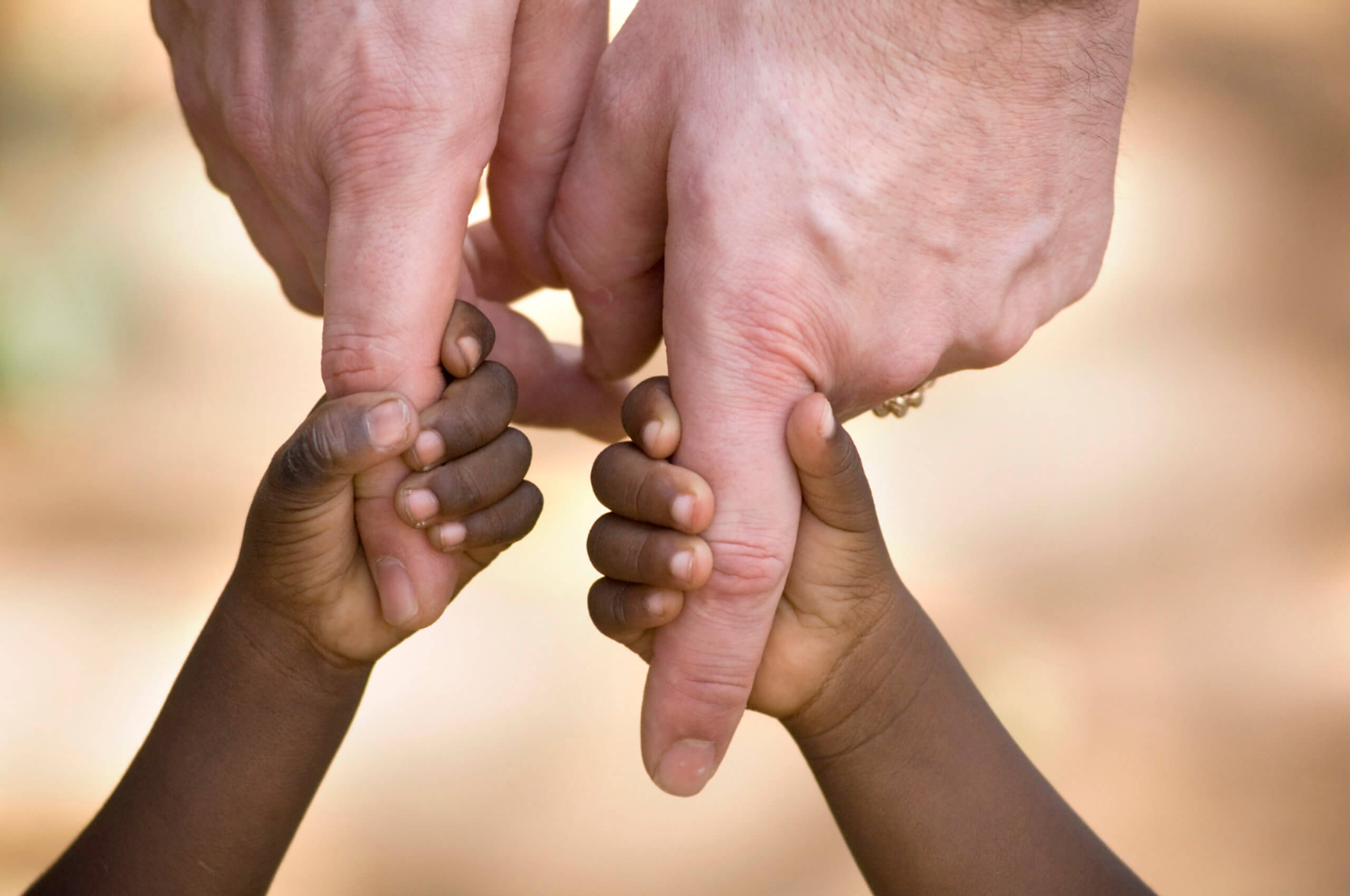When you’re considering what kind of adoption situations you’re comfortable with, you may be thinking about a transracial adoption in Texas. If you’re like many adoptive parents, what your future child looks like doesn’t matter to you — even if your child is of a different race or culture, you’re ready to take whatever steps necessary to bring them home into your family.
However, if you are interested in an interracial adoption, there are some important things to know before committing to this adoption process. Race and culture play a large part in someone’s identity, and when you raise a child of a different culture than your own, you’ll need to take critical steps to preserve their cultural identity at the same time that you make them a permanent member of your family.
What is Transracial Adoption?
An interracial or biracial adoption is when a family adopts a child of a different race. This can be accomplished in a private domestic infant adoption, a foster care adoption or an international adoption — and each process requires different considerations. Whereas transracial adoptions were rare in the first half of the 20th century, they’ve gained immense popularity over the years as families have decided that they don’t need a child who “looks like them” — just one that they can love forever.
How Do I Know if a Transracial Adoption is Right for Me?
While all adoptions can be difficult at times, transracial adoptions in Texas and throughout the South can bring their own challenges. You’ll need to fully commit to the process and the additional parenting steps required.
Generally, if you are someone who wants to create a multicultural household and will adopt without regard to race or physical similarities, a transracial adoption might be right for you — as long as you’re ready to put in the extra effort to successfully raise a child of another race and culture.
What Should I Consider About Transracial Adoption?
There are usually no additional legal steps or requirements involved in an interracial adoption (unless you are adopting a Native American child who’s a part of a tribe). If you’re completing a transracial adoption abroad, you’ll need to adhere to the regulations of the country that you’re adopting from. You’ll also need to consider any language or culture barriers that could result from adopting a child from another country.
Most of all, you’ll need to consider how you will preserve your child’s culture and heritage in a transracial adoption. While the color of your child’s skin will not impact your family bond, it will make a difference in how they perceive the world, and you need to make sure you address that properly as they grow up.
Here are some suggestions for transracial adoptive families to consider:
- Learn. The first thing you’ll need to do is become educated about their culture and heritage yourself. By doing this, you can more easily incorporate these aspects into their life. Tell traditional stories, make traditional food and celebrate holidays that all play a large role in their heritage. At the same time that you are normalizing their adoption, allow them to be proud of the culture and heritage that they came from.
- Build a Community. You’ll need to consider whether you can provide the role models and peer support that your child will need. For example, if you choose to raise a black child in a white family, you’ll need to seek out black role models and diverse school communities and sports teams. As they grow up, having a role model of their own race will play a huge part in their understanding of their identity as a multicultural person. It’s also a good idea to surround your child with as much diversity as possible, no matter the race, as it promotes tolerance and acceptance. Your child will know that you see them as your child no matter their race, but it’s equally important for them to know you are proud of what their heritage is, as well.
- Talk to Your Child. While race likely won’t matter within your immediate family, you can’t pretend that it doesn’t play an important role in the rest of society. Instill a sense of belonging in your child from the beginning, but also talk to them about racism and the effects it may have on them. Give them suggestions for answering unwanted, insensitive questions, and emphasize the positivity of their adoption story.
Interracial adoptions can be difficult at times, but as the United States continues to become more multicultural, these challenges can be more easily overcome. Being a parent in a transracial adoption is just another unique way of creating the perfect family for you. If you’re interested in a transracial adoption in Texas, you should research by talking to other multicultural adoptive families and professionals and checking out transracial adoption blogs like My Real Kid to get a true sense of the experience awaiting you.
The law firm of Brown Pruitt is always ready to help you complete the legal process of your interracial adoption in Texas. To learn more about how we can help you, please contact us today.

